For EASY and INEXPENSIVE Fruit Leather, Do This!
If you love fruit leathers but not the added additives (is that redundant?) or the high cost of the leathers found in the grocery stores, then listen up: We can make amazing leathers from canned fruit! And it’s easy and inexpensive.
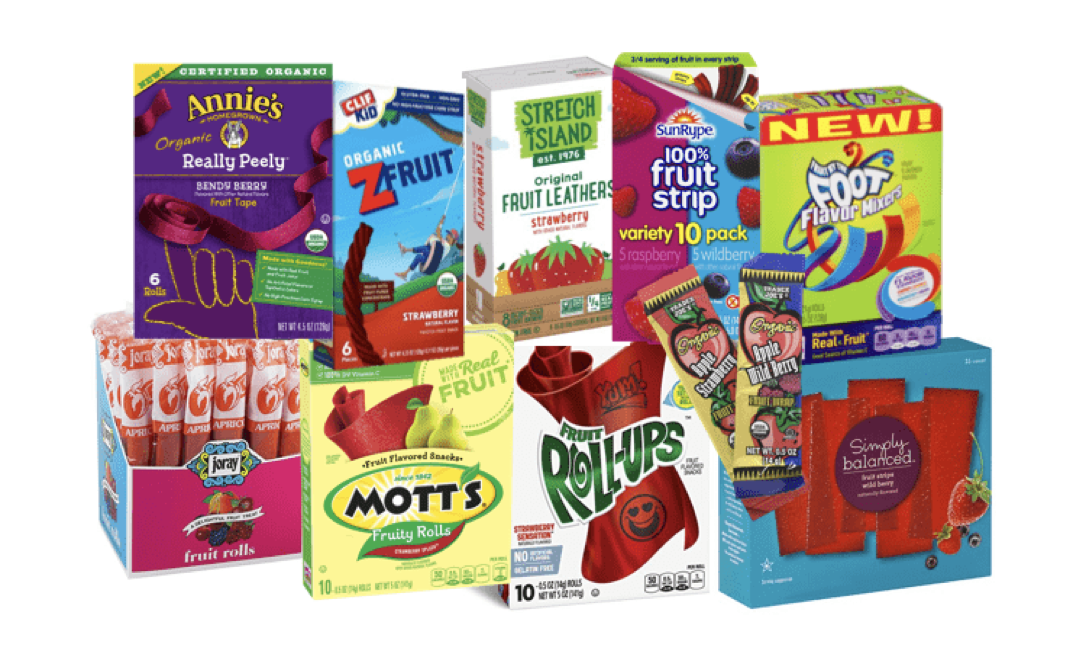
Fruit leather is nothing more than pureed fruit that’s poured onto plastic wrap and dried (in the sun, in the oven, or in an electric dehydrator) at around 140 degrees for about 10 to 12 hours.
Applesauce makes great apple leather. It needs no draining or pureeing, but I do add a little cinnamon to jazz it up. Other canned fruits will need to be drained and pureed in a blender, food grinder or with an electric mixer. Canned fruits are already processed, which destroys bacteria and stops enzyme action. Thus, unlike making leathers with fresh fruits, the addition of ascorbic acid or lemon juice isn’t necessary.
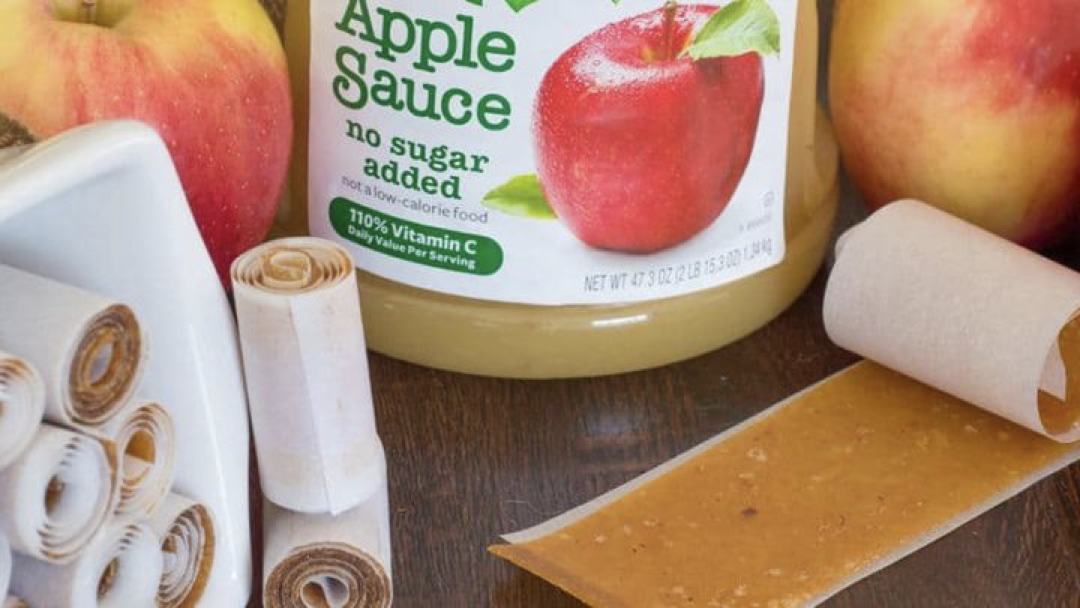
Applesauce can also be mixed with more expensive fresh fruits to help stretch the fruit concentrate and soften the flavor of sharp-tasting fruits, such as cranberries. The addition of applesauce to juicy fruits also eases drying times.
One of our favorite fruit leathers is made from drained and pureed canned pineapple chunks or tidbits. Or along the same line, drained and pureed canned fruit cocktail makes a scrumptious fruit leather. Those maraschino cherries add a yummy touch.
But all canned fruit is really easy to turn into leather and has terrific taste. I started doing this many years ago when it was once again canning season, but I still had several quart jars of peaches and plums left from the previous year. I needed the jars for the new fruit, plus I also needed the shelf space. Pureeing and drying those lingering quarts of fruit was one of the smartest things I’ve come up with yet. Now that the family is grown and gone, I don’t can as much. Instead, I buy canned fruit during our store’s canned goods sale just for leather-making purposes.
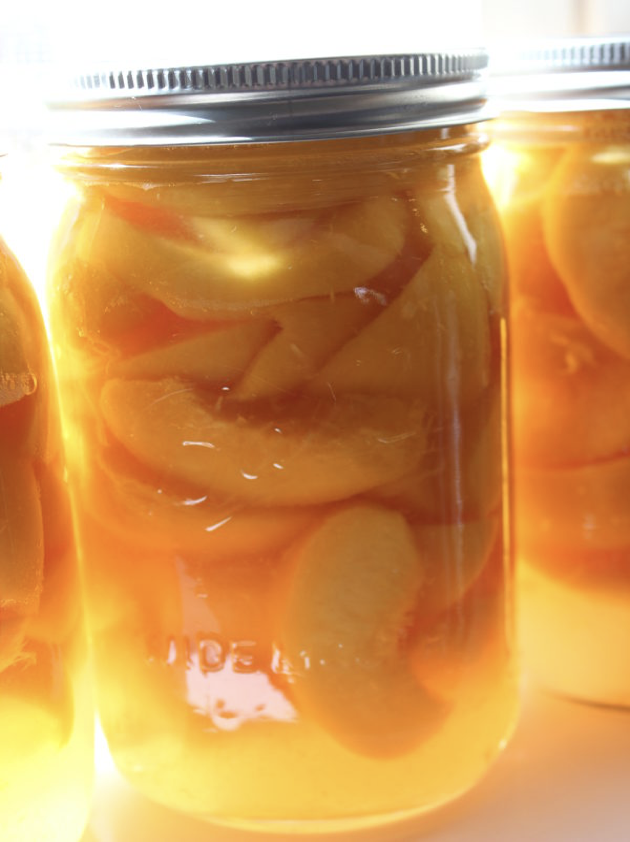
So start by spraying a cookie sheet or similar flat tray with vegetable spray or line with plastic wrap. Make sure the cookie sheet or tray has an edge to prevent spillage of the puree. Spread the fruit concentrate evenly over the pan surface to a depth of 1/8 to 1/4-inch. Two cups of puree is enough to cover a 12- by 17-inch cookie sheet. The most efficient drying is done in an oven or dehydrator.
OVEN DRYING. Set oven at the lowest setting (140° to 145°F). Place the trays of puree on the oven rack and leave the door open 2 to 6 inches, depending on the oven door. Check the oven temperature periodically with a thermometer to be sure the air temperature of the oven is at the desired level. If necessary, turn off the oven for a short time to reduce the temperature. The fruit concentrate should dry in 4 to 10 hours. Test frequently for dryness (see test for dryness).
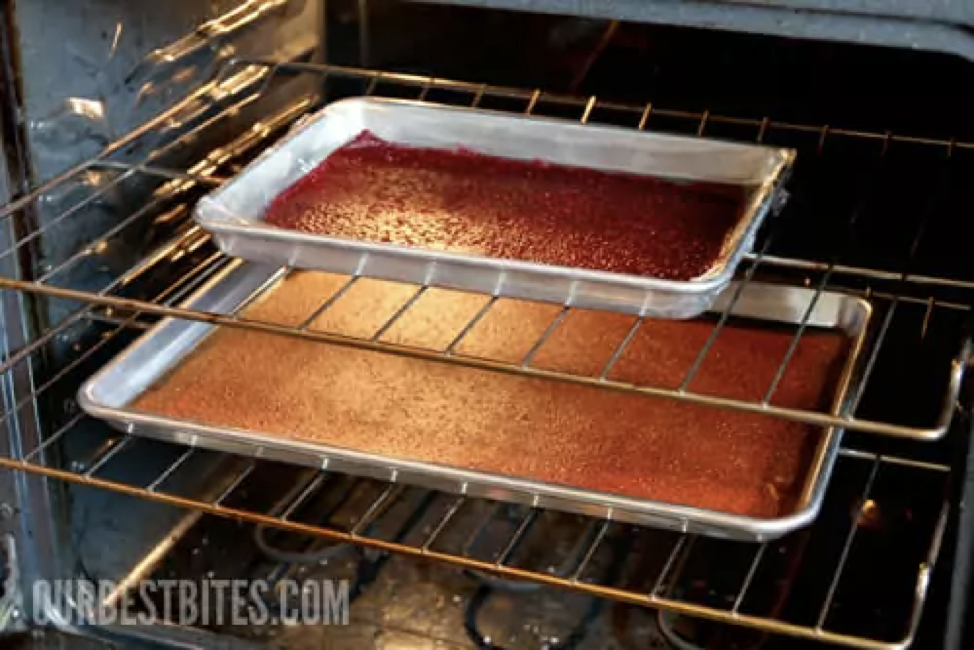
DEHYDRATOR DRYING. Place sheets or trays of fruit concentrate in the dehydrator. Set temperature control at 140° to 145°F or follow manufacturer’s directions. Test frequently for dryness. Drying time will be 4 to 10 hours.
TESTING FOR DRYNESS. Properly dried fruit leather will be translucent and slightly tacky to the touch, but easily peeled from the pan or plastic wrap. Test for dryness by touching the leather in several places; no indentations should be evident. Lift the edge of the leather, which will adhere tightly to the surface, and peel it back about an inch. If it peels readily, it is properly dried. If the leather has cooled, it may need to be warmed in an oven at 150°F for a few minutes to help it peel away more easily. If the leather cracks or chips, it has dried for too long, but is still edible.
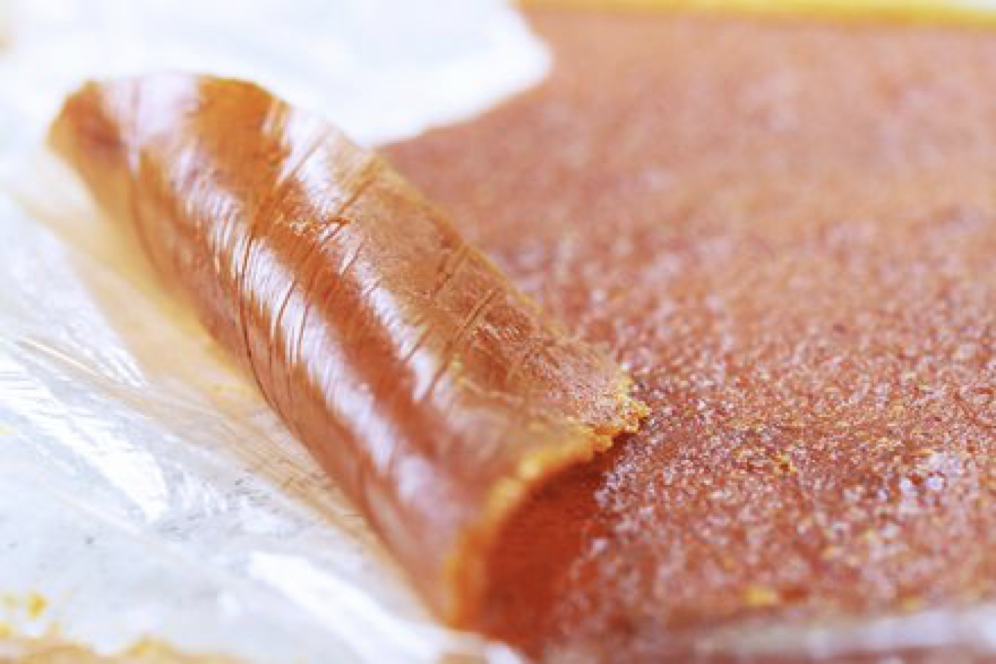
STORAGE. After loosening the edge of the leather from the plastic wrap or pan, loosely roll the leather in plastic wrap or waxed paper in one piece. Store the roll in one piece or cut into 1-inch strips. Place the strips or rolls of leather in a plastic bag, glass container, paper bag or other container. Until the leather is completely dry, the container lid should not be tightened nor the bag opening twisted tightly. If the leather has not dried completely, it may become sticky or develop mold growth during airtight storage.
Store fruit leather in a cool, dry, dark place. It will retain good quality for up to one year in the freezer, several months in the refrigerator, or one to two months at room temperature (70°F).

Fruit leather is nothing more than pureed fruit that’s poured onto plastic wrap and dried (in the sun, in the oven, or in an electric dehydrator) at around 140 degrees for about 10 to 12 hours.
Applesauce makes great apple leather. It needs no draining or pureeing, but I do add a little cinnamon to jazz it up. Other canned fruits will need to be drained and pureed in a blender, food grinder or with an electric mixer. Canned fruits are already processed, which destroys bacteria and stops enzyme action. Thus, unlike making leathers with fresh fruits, the addition of ascorbic acid or lemon juice isn’t necessary.

Applesauce can also be mixed with more expensive fresh fruits to help stretch the fruit concentrate and soften the flavor of sharp-tasting fruits, such as cranberries. The addition of applesauce to juicy fruits also eases drying times.
One of our favorite fruit leathers is made from drained and pureed canned pineapple chunks or tidbits. Or along the same line, drained and pureed canned fruit cocktail makes a scrumptious fruit leather. Those maraschino cherries add a yummy touch.
But all canned fruit is really easy to turn into leather and has terrific taste. I started doing this many years ago when it was once again canning season, but I still had several quart jars of peaches and plums left from the previous year. I needed the jars for the new fruit, plus I also needed the shelf space. Pureeing and drying those lingering quarts of fruit was one of the smartest things I’ve come up with yet. Now that the family is grown and gone, I don’t can as much. Instead, I buy canned fruit during our store’s canned goods sale just for leather-making purposes.

So start by spraying a cookie sheet or similar flat tray with vegetable spray or line with plastic wrap. Make sure the cookie sheet or tray has an edge to prevent spillage of the puree. Spread the fruit concentrate evenly over the pan surface to a depth of 1/8 to 1/4-inch. Two cups of puree is enough to cover a 12- by 17-inch cookie sheet. The most efficient drying is done in an oven or dehydrator.
OVEN DRYING. Set oven at the lowest setting (140° to 145°F). Place the trays of puree on the oven rack and leave the door open 2 to 6 inches, depending on the oven door. Check the oven temperature periodically with a thermometer to be sure the air temperature of the oven is at the desired level. If necessary, turn off the oven for a short time to reduce the temperature. The fruit concentrate should dry in 4 to 10 hours. Test frequently for dryness (see test for dryness).

DEHYDRATOR DRYING. Place sheets or trays of fruit concentrate in the dehydrator. Set temperature control at 140° to 145°F or follow manufacturer’s directions. Test frequently for dryness. Drying time will be 4 to 10 hours.
TESTING FOR DRYNESS. Properly dried fruit leather will be translucent and slightly tacky to the touch, but easily peeled from the pan or plastic wrap. Test for dryness by touching the leather in several places; no indentations should be evident. Lift the edge of the leather, which will adhere tightly to the surface, and peel it back about an inch. If it peels readily, it is properly dried. If the leather has cooled, it may need to be warmed in an oven at 150°F for a few minutes to help it peel away more easily. If the leather cracks or chips, it has dried for too long, but is still edible.

STORAGE. After loosening the edge of the leather from the plastic wrap or pan, loosely roll the leather in plastic wrap or waxed paper in one piece. Store the roll in one piece or cut into 1-inch strips. Place the strips or rolls of leather in a plastic bag, glass container, paper bag or other container. Until the leather is completely dry, the container lid should not be tightened nor the bag opening twisted tightly. If the leather has not dried completely, it may become sticky or develop mold growth during airtight storage.
Store fruit leather in a cool, dry, dark place. It will retain good quality for up to one year in the freezer, several months in the refrigerator, or one to two months at room temperature (70°F).
Sources:
www.feedthemwisely.com
www.ourpaleolife.com
www.mirlandraskitchen.com
www.ourbestbites.com
www.simplyrecipes.com
 Alice Osborne
Alice Osborne
Weekly Newsletter Contributor since 2006
Email the author! alice@dvo.com
